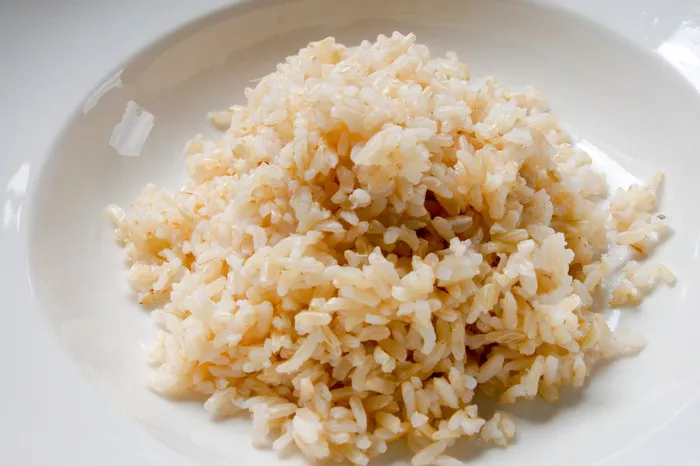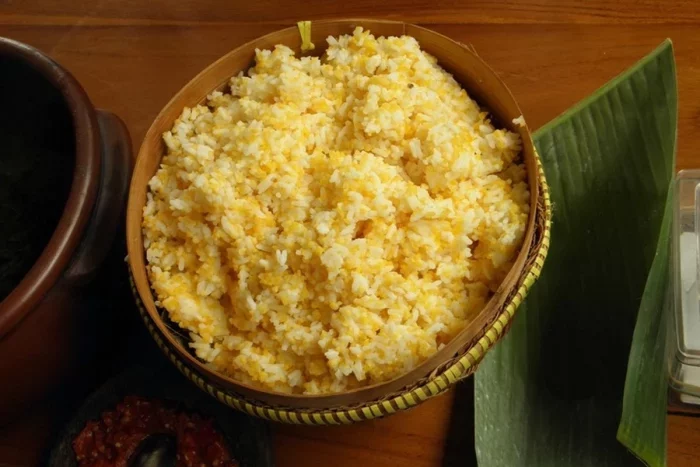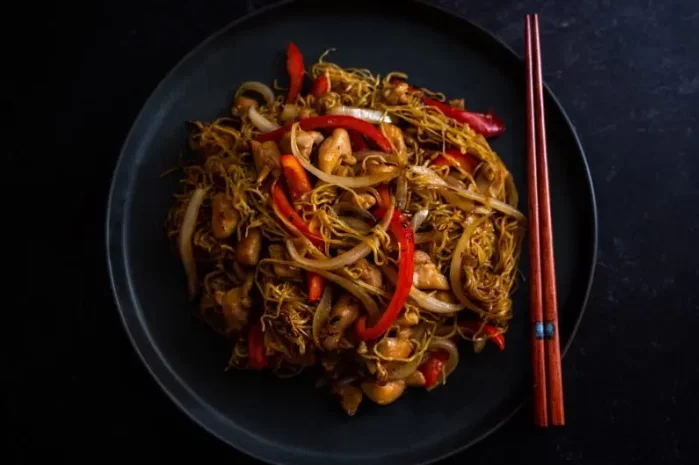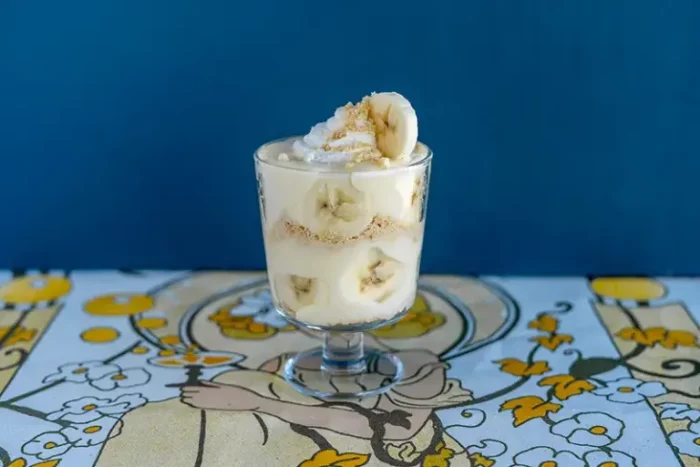Diabetes management involves careful consideration of diet. One common question is whether brown rice is a suitable food option for people with diabetes. This article will explore the nutritional aspects of brown rice, its impact on blood sugar levels, and how it can fit into a diabetic meal plan.
Understanding Diabetes
Before discussing brown rice, it’s essential to understand diabetes. Diabetes is a condition that affects how the body processes glucose. There are two main types:
Type 1 Diabetes: The body does not produce insulin, a hormone that helps glucose enter cells.
Type 2 Diabetes: The body becomes resistant to insulin, or it doesn’t produce enough insulin.
Managing blood sugar levels is crucial for both types. Diet plays a significant role in maintaining these levels.
What is Brown Rice?
Brown rice is a whole grain that retains its bran and germ layers, making it more nutritious than white rice. It is often considered a healthier choice due to its higher fiber content and lower glycemic index (GI).
Nutritional Profile of Brown Rice
Here is a breakdown of the nutrients found in one cup (cooked) of brown rice:
Calories: Approximately 215
Carbohydrates: About 45 grams
Fiber: Around 3.5 grams
Protein: About 5 grams
Fat: Approximately 1.5 grams
Vitamins and Minerals: Rich in magnesium, phosphorus, B vitamins, and antioxidants.
The fiber in brown rice is particularly beneficial. It helps slow down digestion and the absorption of carbohydrates, which can aid in controlling blood sugar levels.
Glycemic Index of Brown Rice
The glycemic index (GI) measures how quickly a food raises blood sugar levels. Foods with a high GI cause rapid spikes in blood sugar, while those with a low GI raise levels more gradually.
Brown Rice GI: Approximately 50-55 (considered low to moderate).
White Rice GI: Approximately 70-90 (considered high).
Choosing foods with a lower GI is generally better for diabetes management. Brown rice’s lower GI makes it a better option than white rice.
Health Benefits of Brown Rice for Diabetics
1. High Fiber Content
Brown rice contains more fiber than white rice. Fiber is essential for:
Digestive Health: It promotes regular bowel movements and prevents constipation.
Blood Sugar Control: Fiber helps slow the absorption of sugar, leading to more stable blood sugar levels.
Satiety: It keeps you feeling full longer, which can aid in weight management.
2. Nutrient-Rich
Brown rice is packed with essential vitamins and minerals that are beneficial for overall health:
Magnesium: Important for insulin sensitivity.
Antioxidants: Help combat oxidative stress, which is linked to diabetes complications.
3. Whole Grain Benefits
As a whole grain, brown rice offers additional health benefits, including:
Heart Health: Whole grains can lower the risk of heart disease, which is a common concern for diabetics.
Weight Management: They may help with weight loss or maintenance, which is crucial for those with Type 2 diabetes.
How to Include Brown Rice in a Diabetic Meal Plan
Including brown rice in your diet can be easy and delicious. Here are some tips for incorporating it into meals:
1. Portion Control
Monitor your portion sizes. A serving size of cooked brown rice is typically ½ to 1 cup. Pair it with non-starchy vegetables and lean proteins to create a balanced meal.
2. Pair with High-Protein Foods
Combine brown rice with protein sources like:
- Grilled chicken or turkey
- Fish
- Legumes (beans and lentils)
- Tofu or tempeh
This combination can help lower the overall glycemic impact of the meal.
3. Add Healthy Fats
Incorporating healthy fats can also help balance blood sugar levels. Consider adding:
- Avocado
- Olive oil
- Nuts and seeds
4. Use in Various Dishes
Brown rice can be used in various recipes, such as:
- Stir-fries with vegetables and lean protein.
- Salads with mixed greens, vegetables, and a light dressing.
- Soups and stews.
5. Cooking Methods
When cooking brown rice, consider using methods that enhance its health benefits. For example:
Cooking with Broth: Using low-sodium vegetable or chicken broth can add flavor without extra calories.
Adding Vegetables: Cook brown rice with vegetables like spinach, carrots, or bell peppers to boost nutrient content.
Potential Concerns
1. Carbohydrate Content
While brown rice is healthier than white rice, it still contains carbohydrates. For diabetics, it’s essential to monitor carbohydrate intake. The key is to balance your overall meal.
2. Individual Responses
Everyone’s body responds differently to food. Some people with diabetes may find that brown rice affects their blood sugar levels. It’s important to:
- Monitor blood sugar levels after eating.
- Adjust portion sizes and meal combinations based on individual responses.
Conclusion
In summary, brown rice can be a healthy addition to a diabetic diet when consumed in moderation and as part of a balanced meal plan. Its high fiber content, nutrient richness, and lower glycemic index make it a better choice than white rice.
As always, consult with a healthcare professional or a registered dietitian for personalized advice. Managing diabetes requires a comprehensive approach, and diet is a crucial part of that strategy. By making informed food choices, including brown rice, individuals with diabetes can enjoy a diverse and satisfying diet while maintaining stable blood sugar levels.
Related topics:
























